Lucy in the Trees Without Diamonds
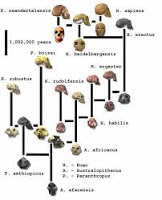 When I first learned the human fossil record back in my undergraduate days, it was a straight shot from Homo habilis to modern humans. But since then, the path of human evolution has become a tangled tree with many branches, and it's much harder to explain. Now we have all kinds of Australopithecines and any number of the species Homo and with each discovery comes a rethinking of our past.
When I first learned the human fossil record back in my undergraduate days, it was a straight shot from Homo habilis to modern humans. But since then, the path of human evolution has become a tangled tree with many branches, and it's much harder to explain. Now we have all kinds of Australopithecines and any number of the species Homo and with each discovery comes a rethinking of our past.One of those controversies focuses on Australopithecus afarensis, and more specifically on the 40% compete fossil specimen affectionately known as "Lucy."

I admit that Lucy has a special place in my heart. For many years I hung out with the paleontologists who found her, and so her fame at the time as the most ancient hominid feels like part of my personal history.
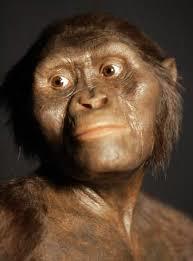
During my first years as a professor at Cornell, I had the job of purchasing and organizing fossil casts so that students could look at, and even hold, their ancestors duringIntroductory Biological Anthropology.
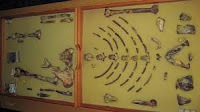 For about two years, all sorts of casts were mailed to me, but none were as special as those of Al-288-1's (Lucy's official fossil name). She arrived in many boxes and I had to unwrap each piece and place them, one by one and in correct anatomical orientation, onto sheets of foam set in wood drawers. It was, for me, not so much about getting ready for a class as a sacred, deeply moving, act.
For about two years, all sorts of casts were mailed to me, but none were as special as those of Al-288-1's (Lucy's official fossil name). She arrived in many boxes and I had to unwrap each piece and place them, one by one and in correct anatomical orientation, onto sheets of foam set in wood drawers. It was, for me, not so much about getting ready for a class as a sacred, deeply moving, act.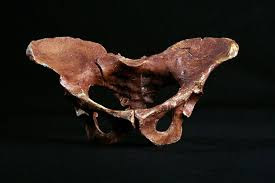 I remember so distinctly holding the cast of Lucy's tiny pelvis and thinking about bipedalism and how that bone confirmed that Lucy and her kind walked one two legs, even 3.2 million years ago, meaning she was a human, not an ape.
I remember so distinctly holding the cast of Lucy's tiny pelvis and thinking about bipedalism and how that bone confirmed that Lucy and her kind walked one two legs, even 3.2 million years ago, meaning she was a human, not an ape.But since that time, researches have deduced that Lucy actually retained some ape characteristics—curved hand bones, long arms, and most recently, heavy use of her arm bones, all suggesting lots of time spent in trees, perhaps.
I don't really care where Lucy spent her time. She's my special fossil. It was this woman's bipedalism that pushed the hominid lineage back millions of years. In a sense, Lucy stood up for us. And she was, in fact, the first women to stand up for herself and others.
Our legacy, in other words, started with her.
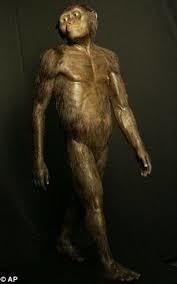
Published on January 30, 2017 10:57
No comments have been added yet.



